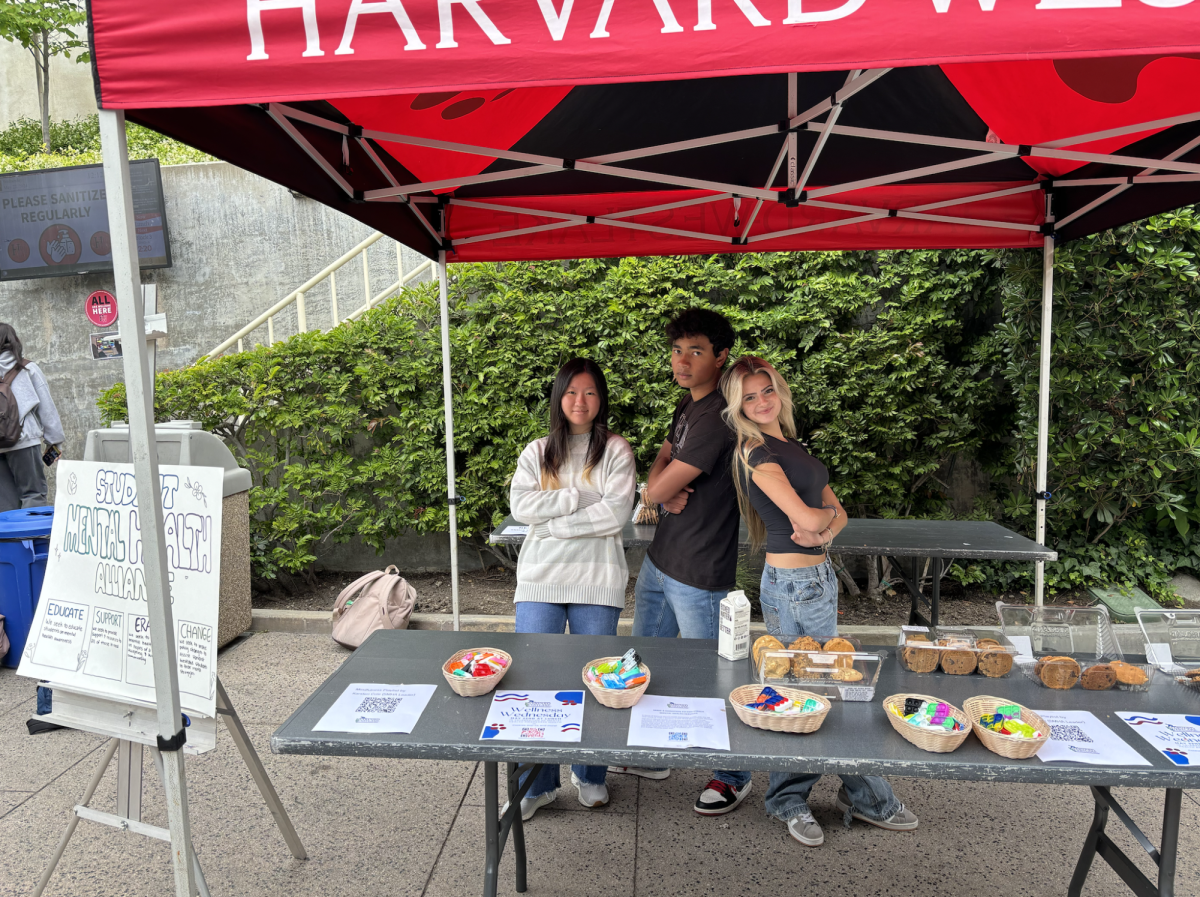As many students struggle to bubble in all of their answers while taking the infamously time-crunched ACT, some are given between 50 and 100 percent more time to complete the exam. These students are recipients of extra time: a system created with the intent of equalizing the playing field for test-takers with learning disabilities.
Unfortunately, extra time has been exploited by some wealthy families who use their easy access to expensive medical professionals to give their children an upper hand in the college admissions process.
At private schools across the country, the pressure of getting into Ivy League schools looms over both students and their families. Driven by these competitive environments, I have seen more than a few of my classmates flock to specialists with the hopes of being diagnosed with a disorder that would qualify them for extra time on their entrance exams.
At our school, the number of students across both campuses with extra time is around 11 percent, according to Learning Resource Specialist Grace Brown. There is a substantial debate among researchers about the best statistic regarding the population with a learning disability due to the factors that influence measurement standards and types of disorders included or excluded. Because there is not a conclusive number nor is it possible to attain a precise statistic due to the factors mentioned, no statistic can be compared to see if the number of students who have extra time truly match those who qualify. Regardless of the numbers, I still believe that a disproportionate share of students receive extra time on college entrance exams, while many of them do not genuinely qualify for it.
Low-income families with students who truly have these conditions often do not have the opportunity to see doctors that can diagnose their children and help them get the extra time they need to have a fair shot at taking the SAT or ACT.
Because most of these specialists are often expensive, not covered by insurance policies and only located in wealthy areas, they are inaccessible in more than one way for people without resources or connections.
The biggest and most common gripe against extra time is that it is not realistic. There is no extra time outside of the testing room, and oftentimes, this accommodation can give students an inaccurate expectation of how they might need to manage and cope with their disorders in the real world. While I do believe that this criticism has some merit, in a perfect world, giving students who truly need it a bit of extra time to take their exams would be beneficial in order to give them more time to process the question and focus on the task at hand.
Despite the benefits of extra time, it is extremely challenging to prevent it from being misapplied. There is no way to verify whether or not specialists are making uninfluenced diagnoses, nor is there a way for the College Board to account for resource inequities when handing out extra time.
Because of this, the usage of the extra time system is shifting to favor students who don’t truly need it and away from those with learning disabilities that it was meant to serve.
It is important to recognize that this corruption exists within the current extra time system and start a discussion that can return it to its original goal.
Correction (May 1): Statistics were removed as there was no number that could reflect the exact group of students who should qualify for extra time due to complicated measurement factors and lack of sufficient research.


































